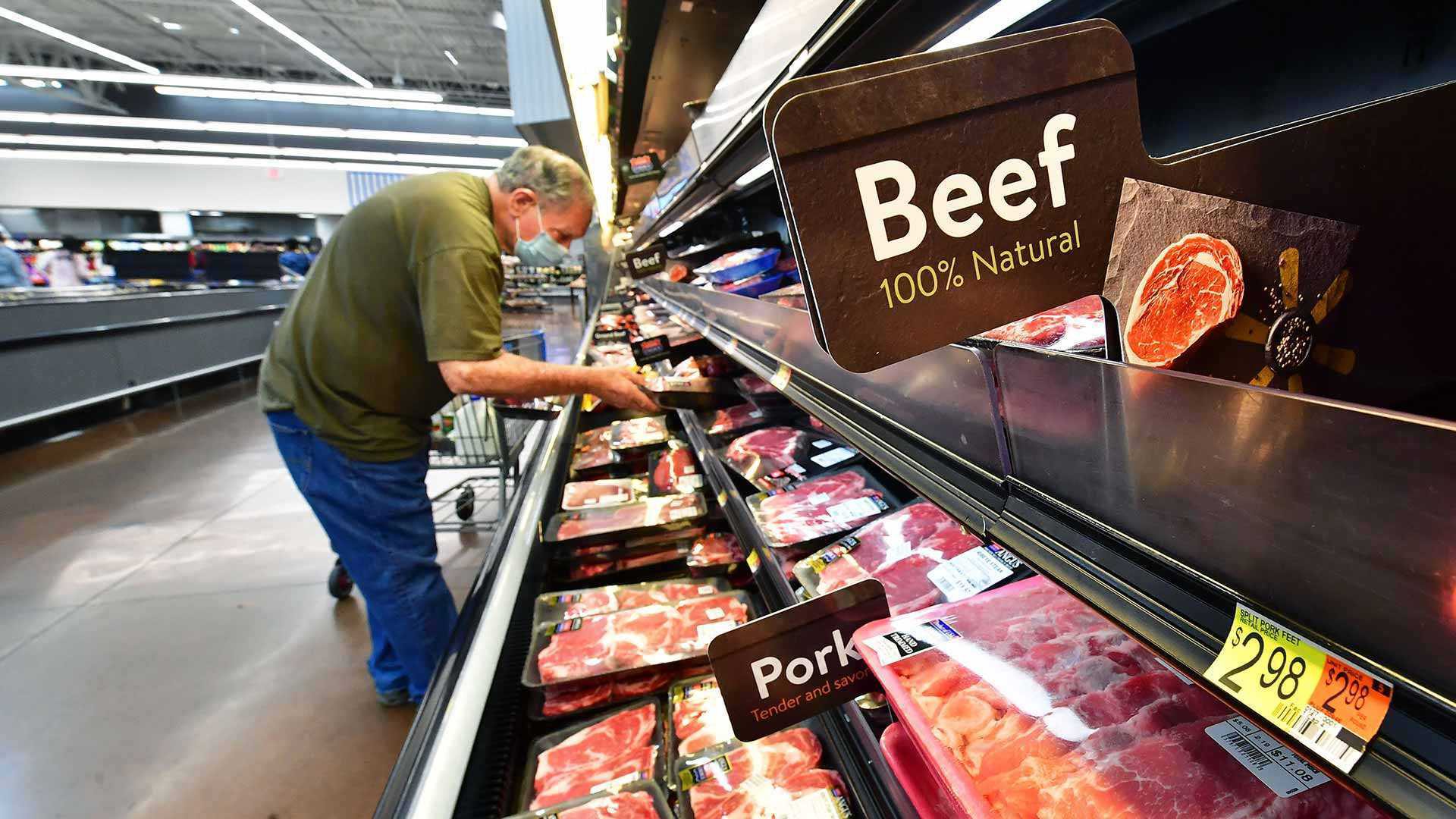- July 06, 2022
- By Rachael Grahame ’17
After a slump in support for Ukraine’s fight to maintain independence, a new University of Maryland poll found that early signs of fatigue have not become a trend.
Americans’ willingness to pay a price for backing the Eastern European nation against a Russian invasion has increased slightly since the last UMD Critical Issues Poll was conducted in May, though it remains lower than in March. For example, 62% of June respondents said they were prepared to endure higher energy costs (down from 73% in March, but up from 59% in May), and 58% said they were prepared to experience an increase in inflation (down from 65% in March, but up from 52% in May).
Most Americans remain unwilling to risk U.S. troops’ lives, but after dropping to 27% in May, 32% of June respondents said they’d be willing to take the risk—the same share of respondents that said so in March.
“The findings provide good news for the Biden administration, which has highly prioritized support for Ukraine,” said Shibley Telhami, the Anwar Sadat Professor for Peace and Development who leads the poll with fellow government and politics Professor Stella Rouse.
In the most recent poll, conducted June 22-28 among a nationally representative sample of 2,208 respondents, support for one U.S. effort never flagged: enforcing a no fly-zone (NFZ) over Ukraine. It grew from 56% in March to 59% in May, then 65% in June; the increases remained similar when responses were broken down by political party.
Democrats and Republicans likewise see Ukraine as succeeding more than failing (27% to 20%), and Russia as failing more than succeeding (29% to 20%) in the war; Americans who believe Russia is failing are more likely to be prepared to pay a price for supporting Ukraine.
Where Democrats and Republicans primarily differ is in the degree to which they are willing to accept the consequences of U.S. support. Seventy-eight percent of Democrats are prepared to see higher energy costs compared to 44% of Republicans, and 72% of Democrats are prepared to accept higher inflation compared to only 39% of Republicans.
Yet the difference between the two parties in their willingness to accept the consequences of U.S. support for Ukraine has been slowly rising. The gap between Democrats’ and Republicans’ willingness to pay higher energy prices in March stood at 30 percentage points, compared to a 32-point difference in May and 34 in June.
The poll found similar movement among members of the two parties regarding their willingness to experience increased inflation; the difference rose to 34 percentage points in June from 31 in May and 28 in March.
Regarding their willingness to lose U.S. troops, the gap also grew from 5 percentage points in March, to 9 in May, to 15 in June.
Read about the March Critical Issues Poll, or about the May Critical Issues Poll.
Topics
Research